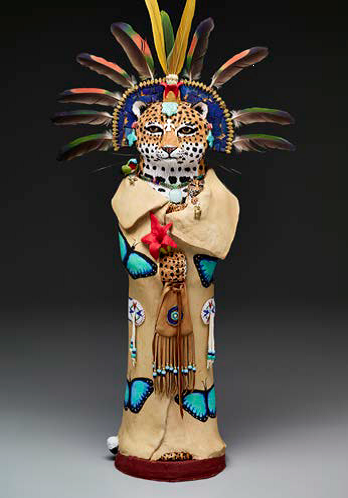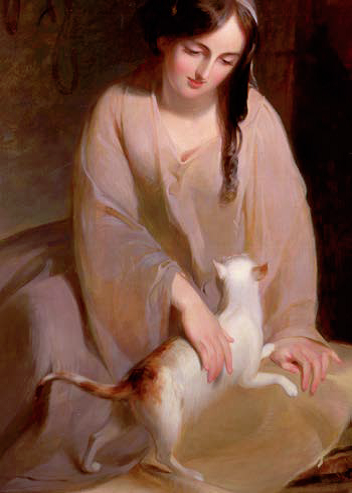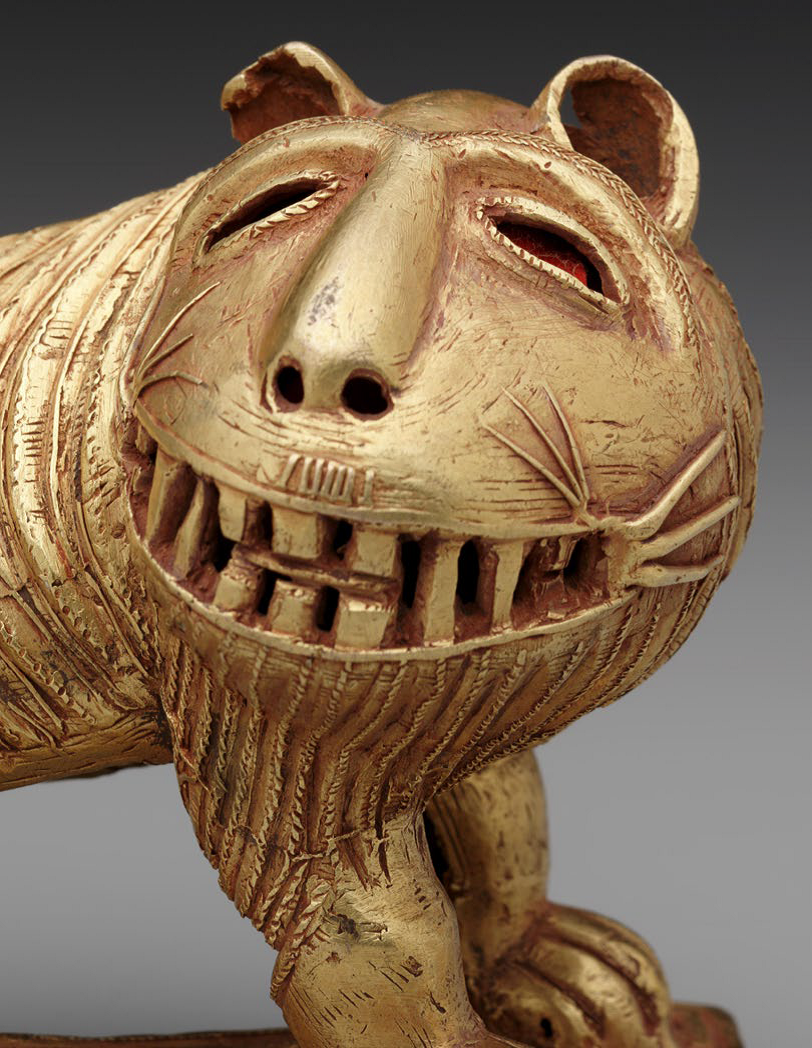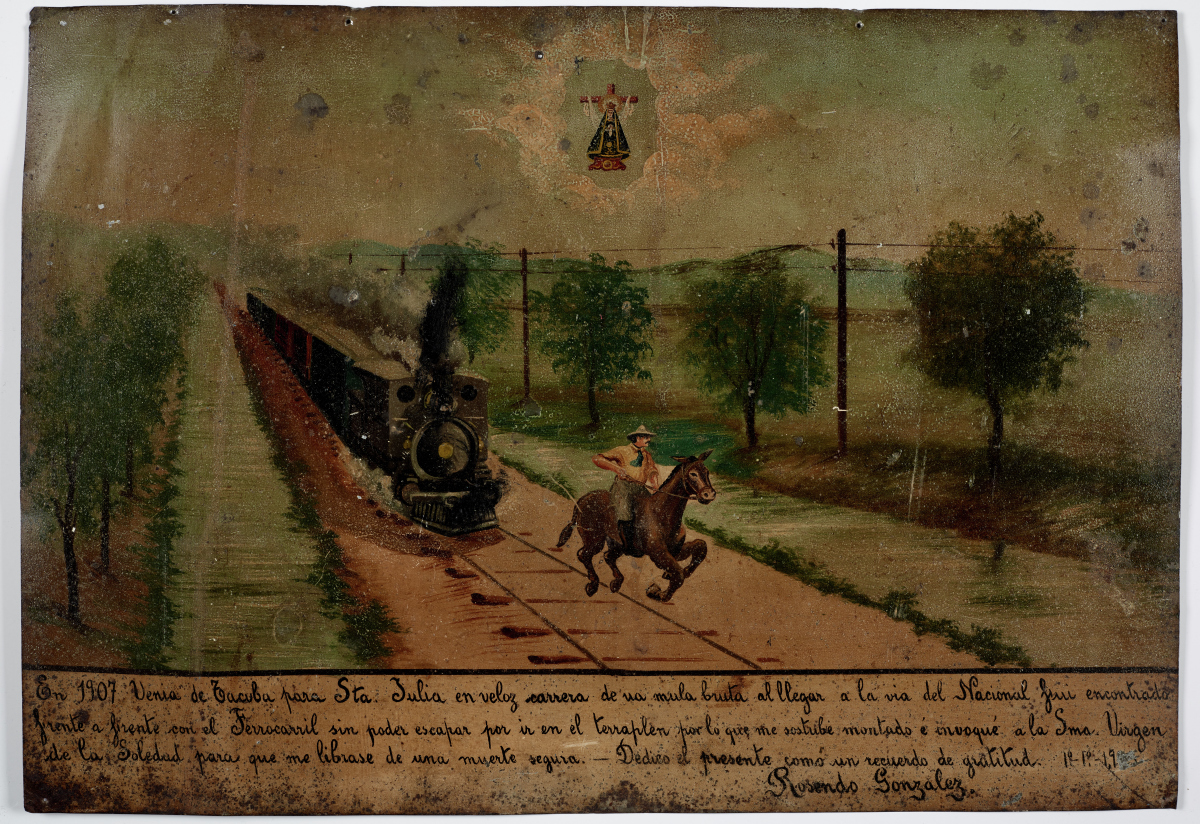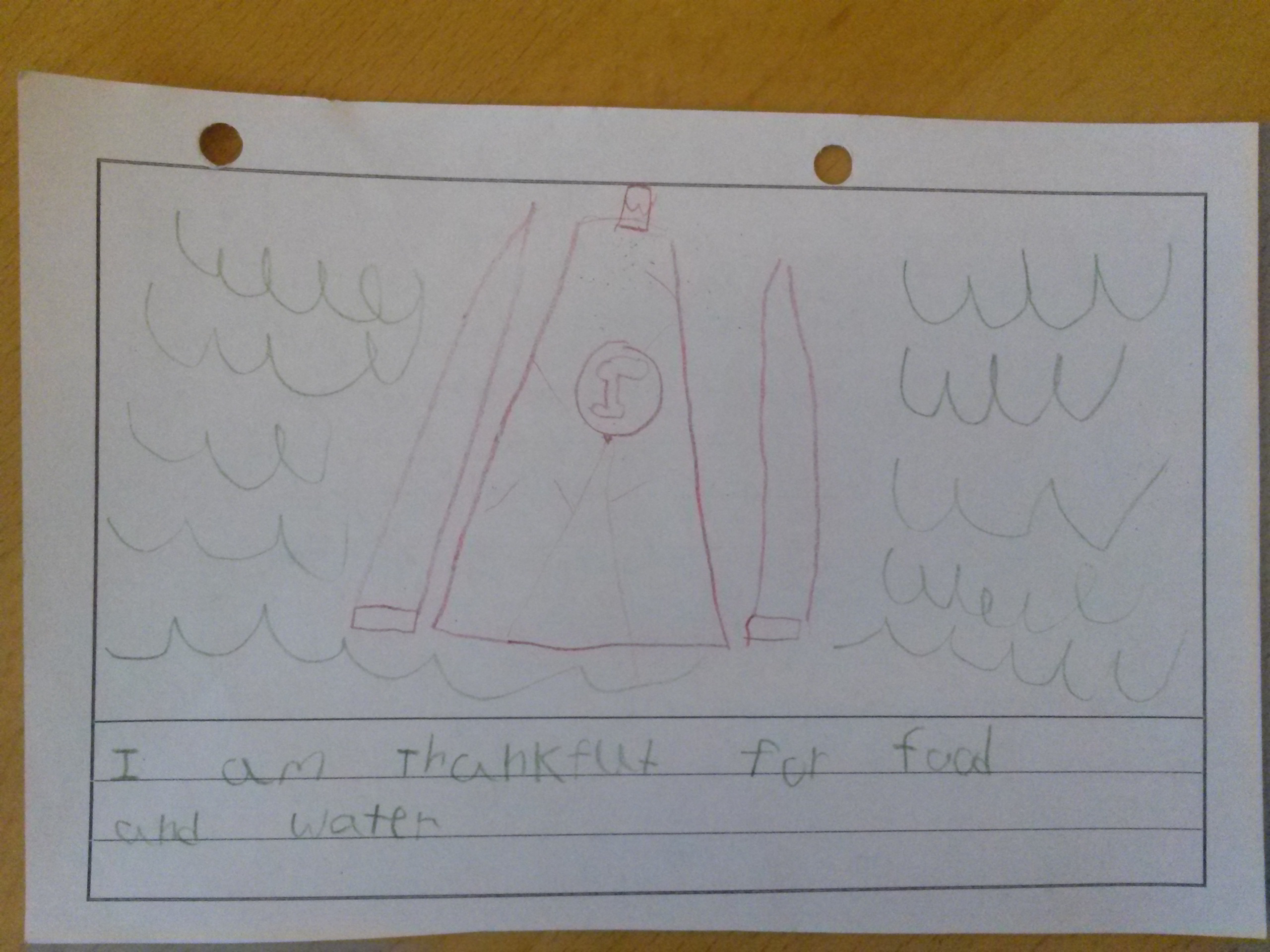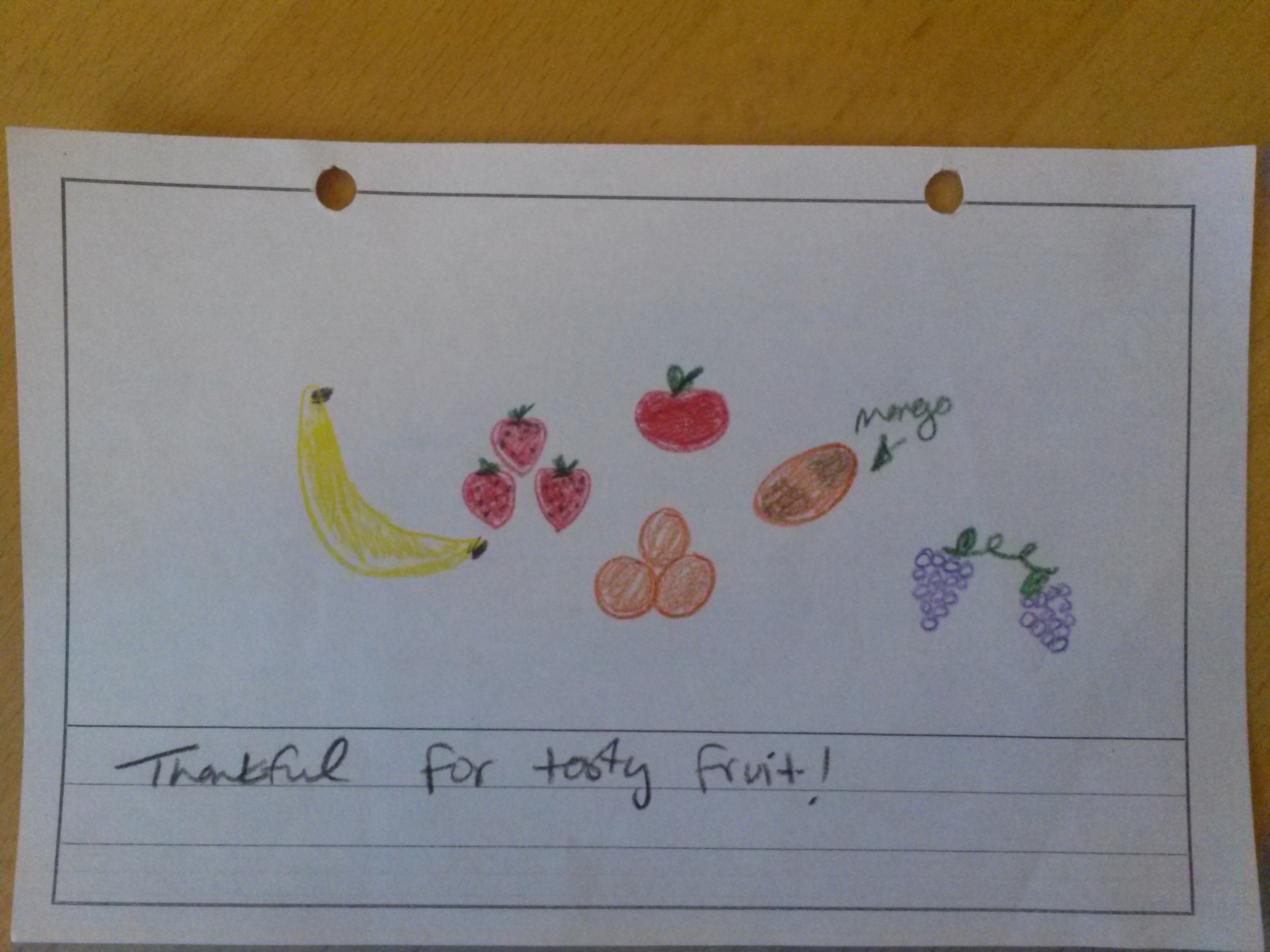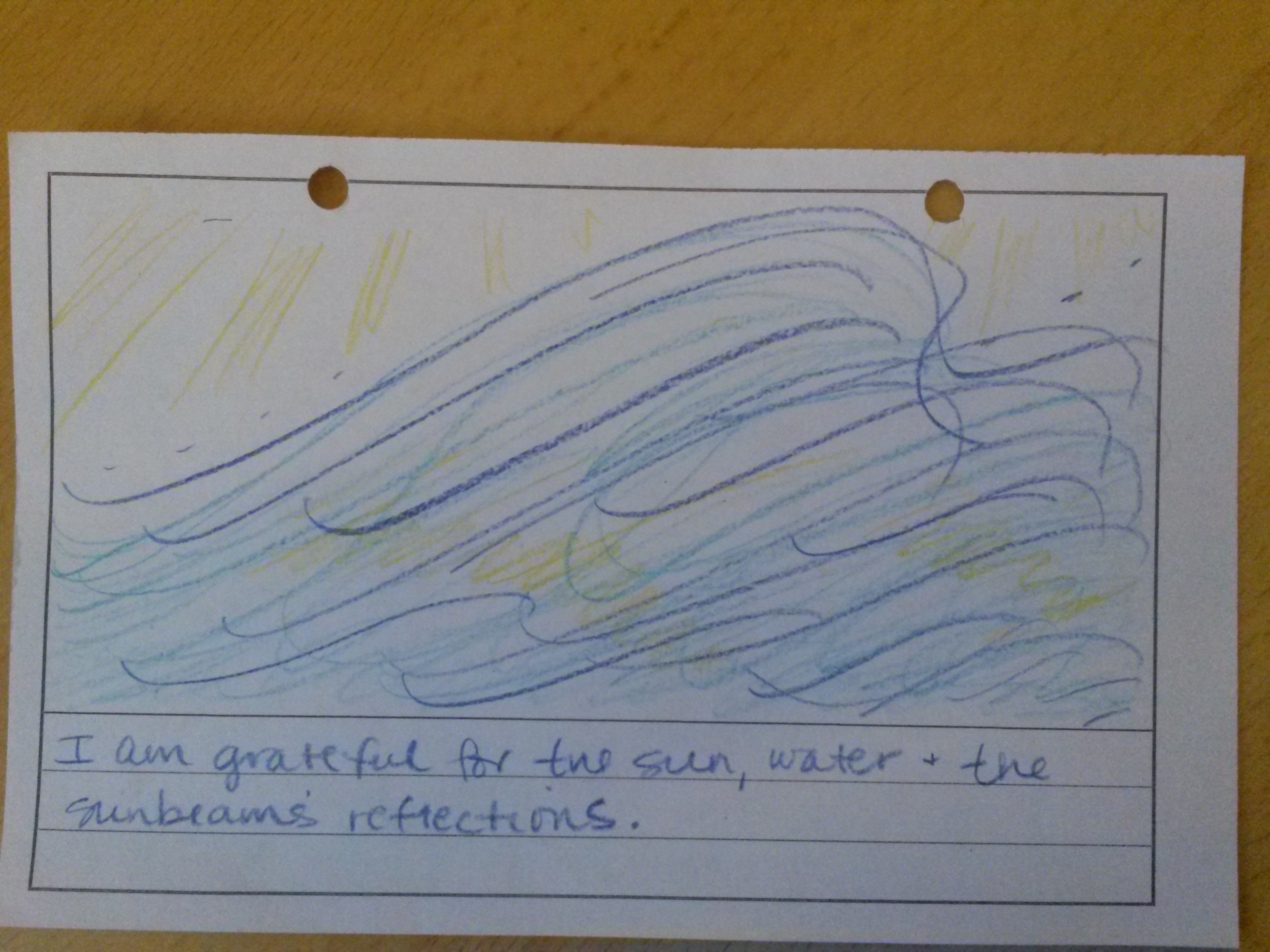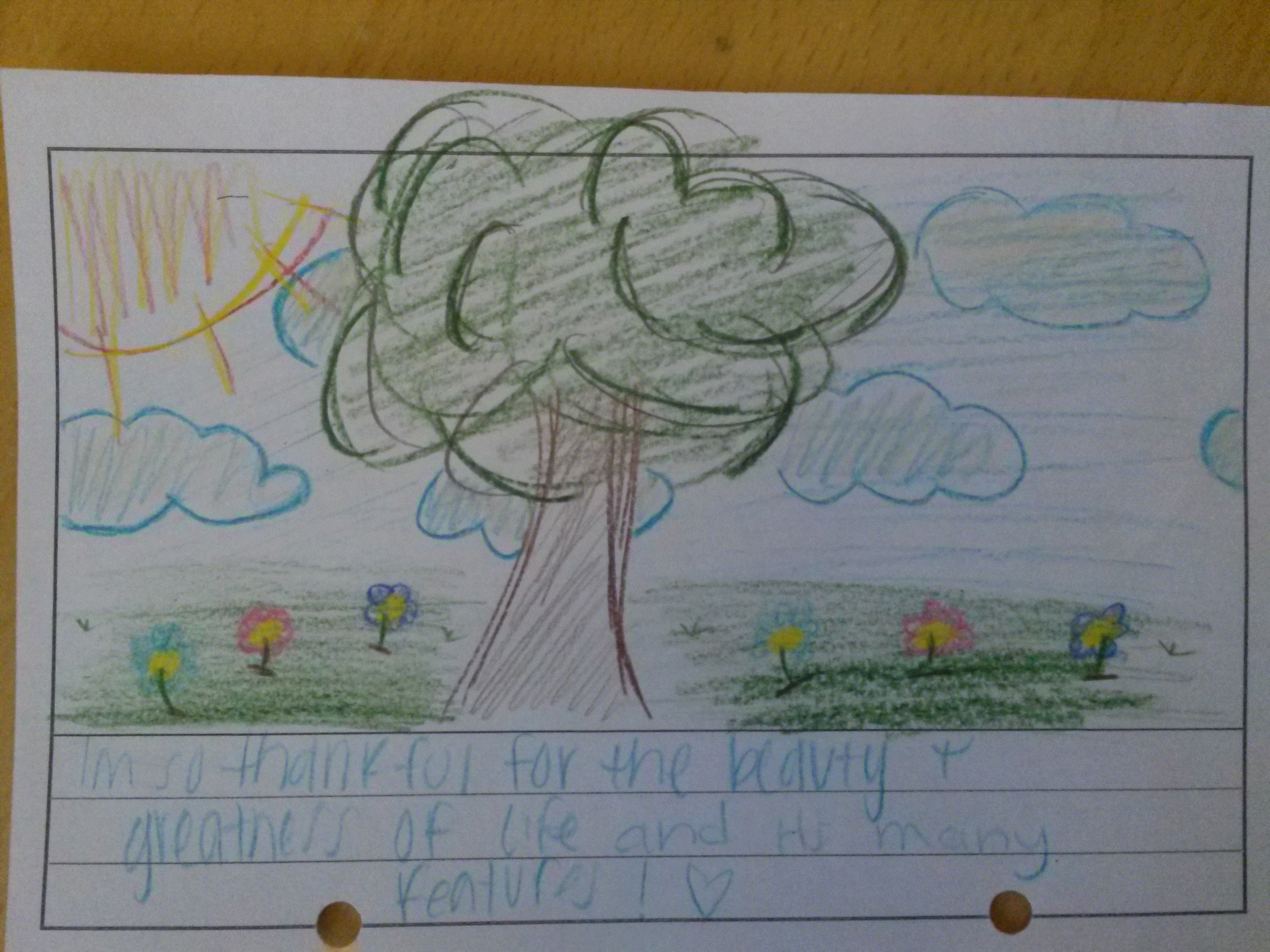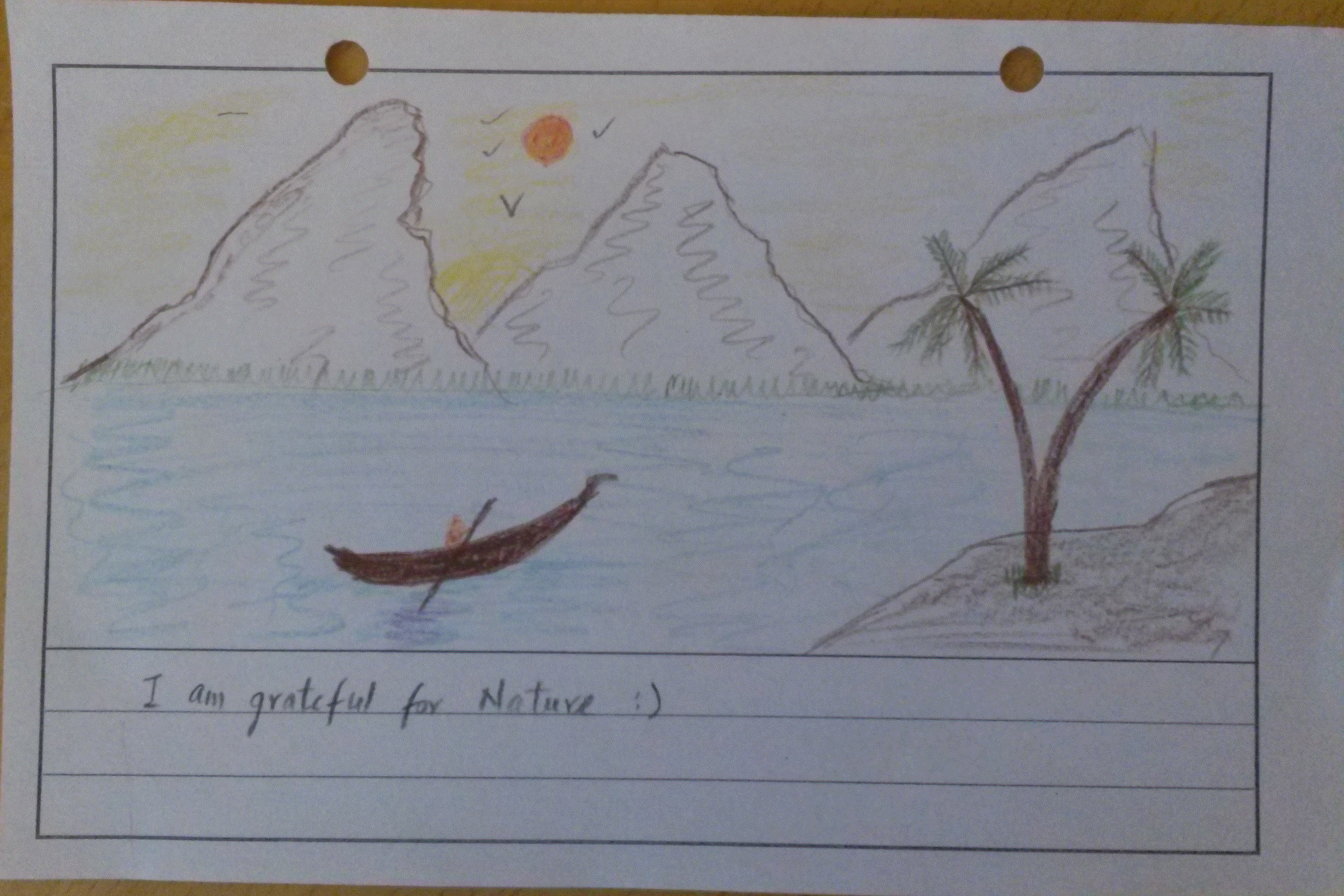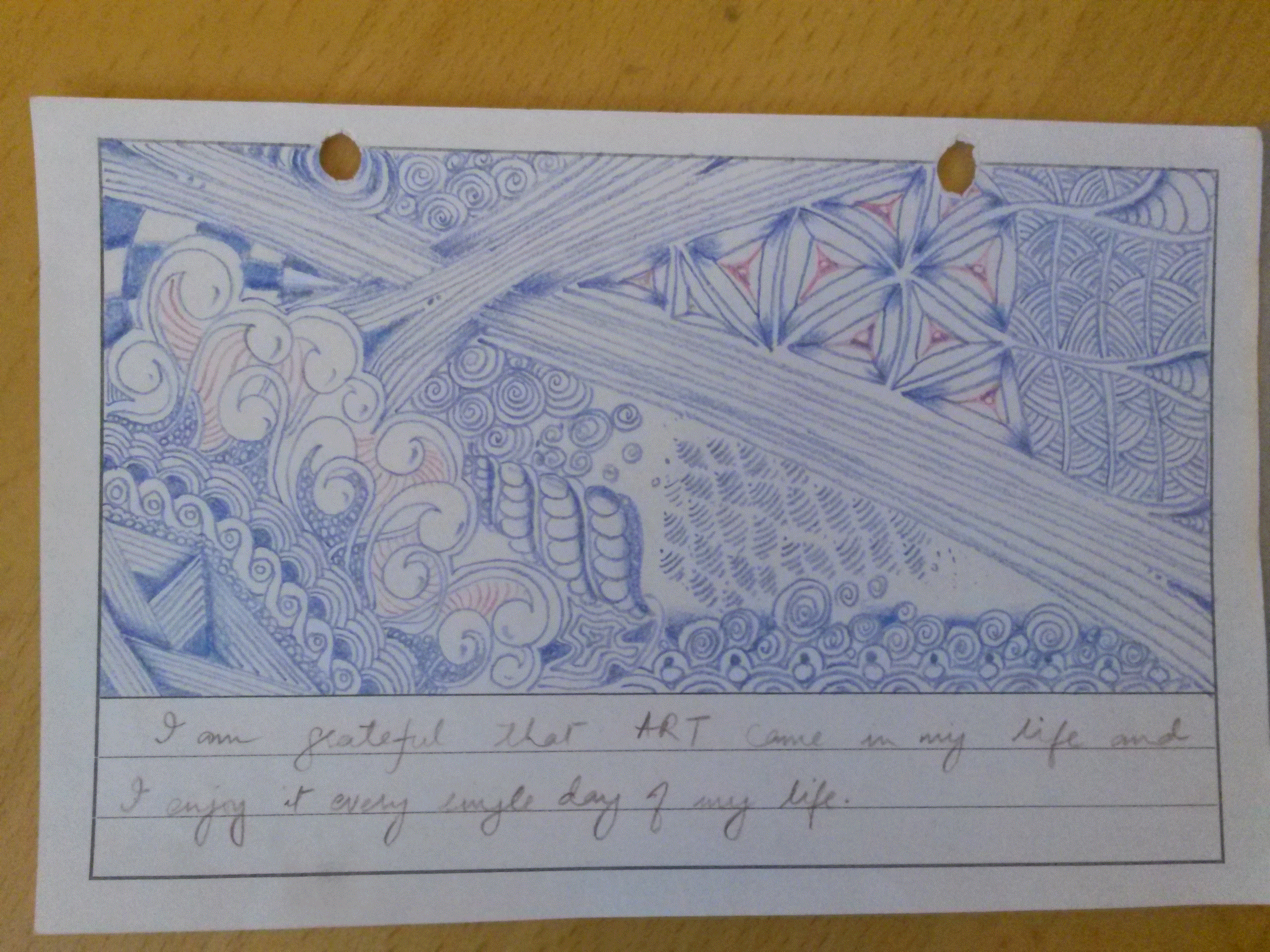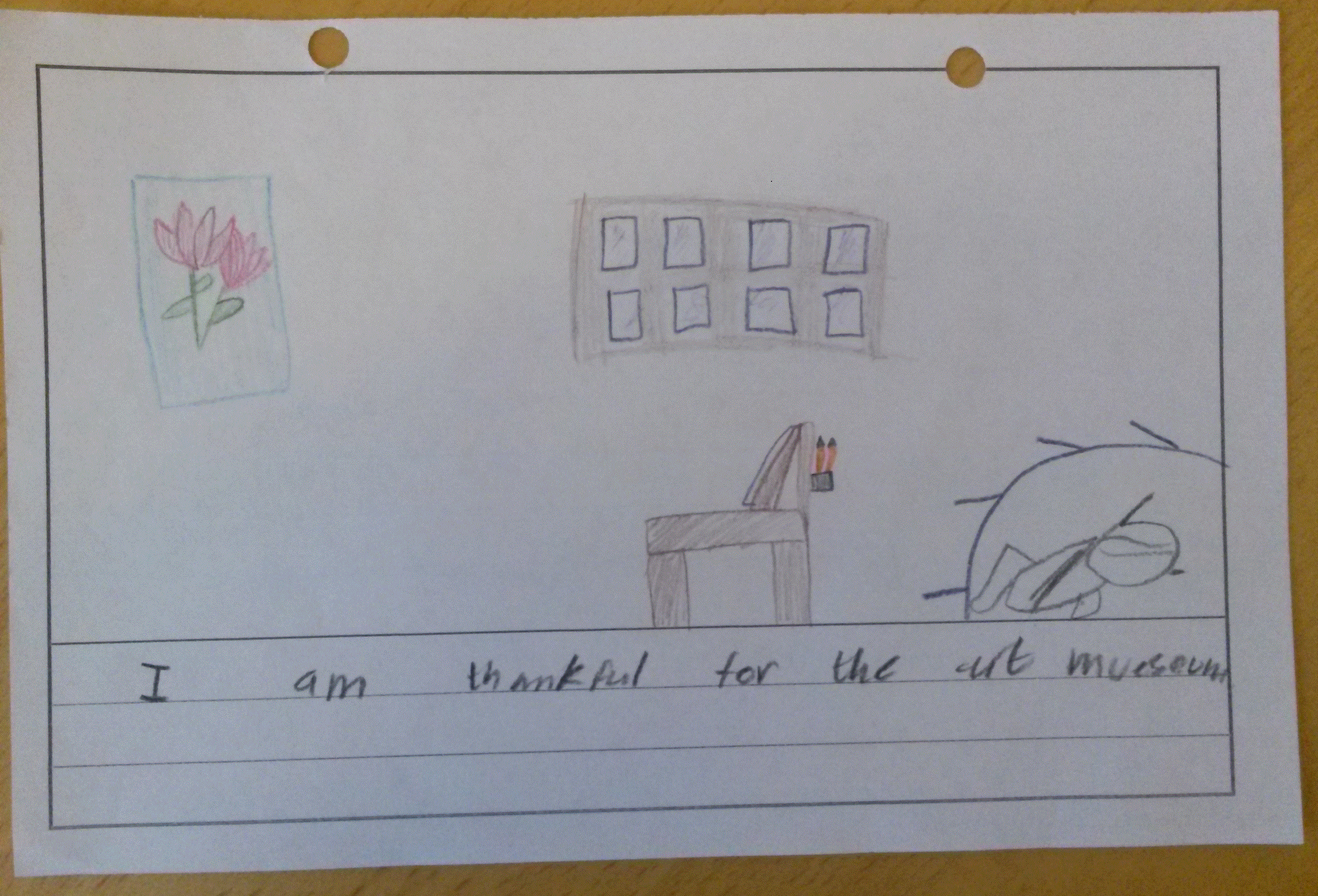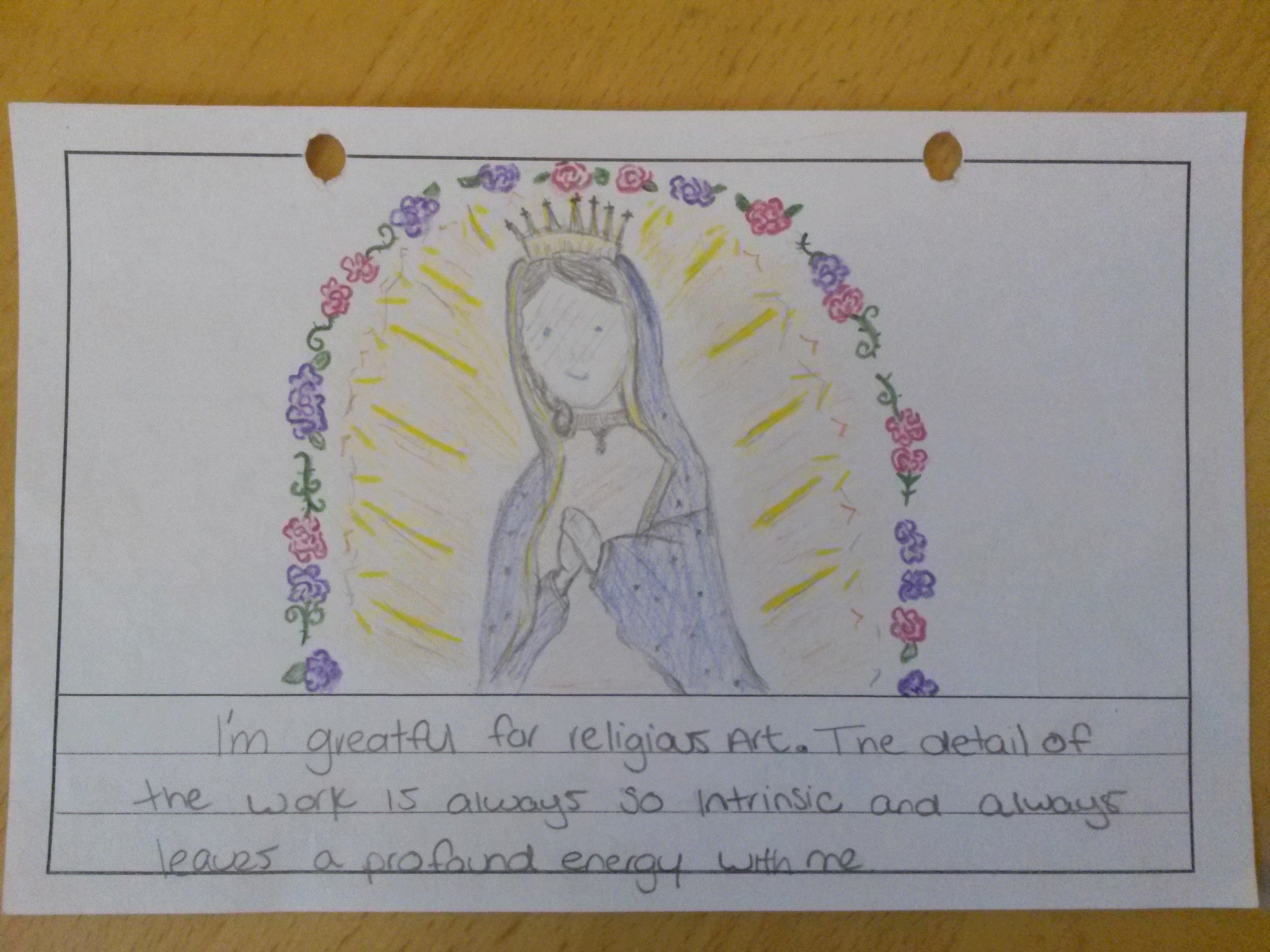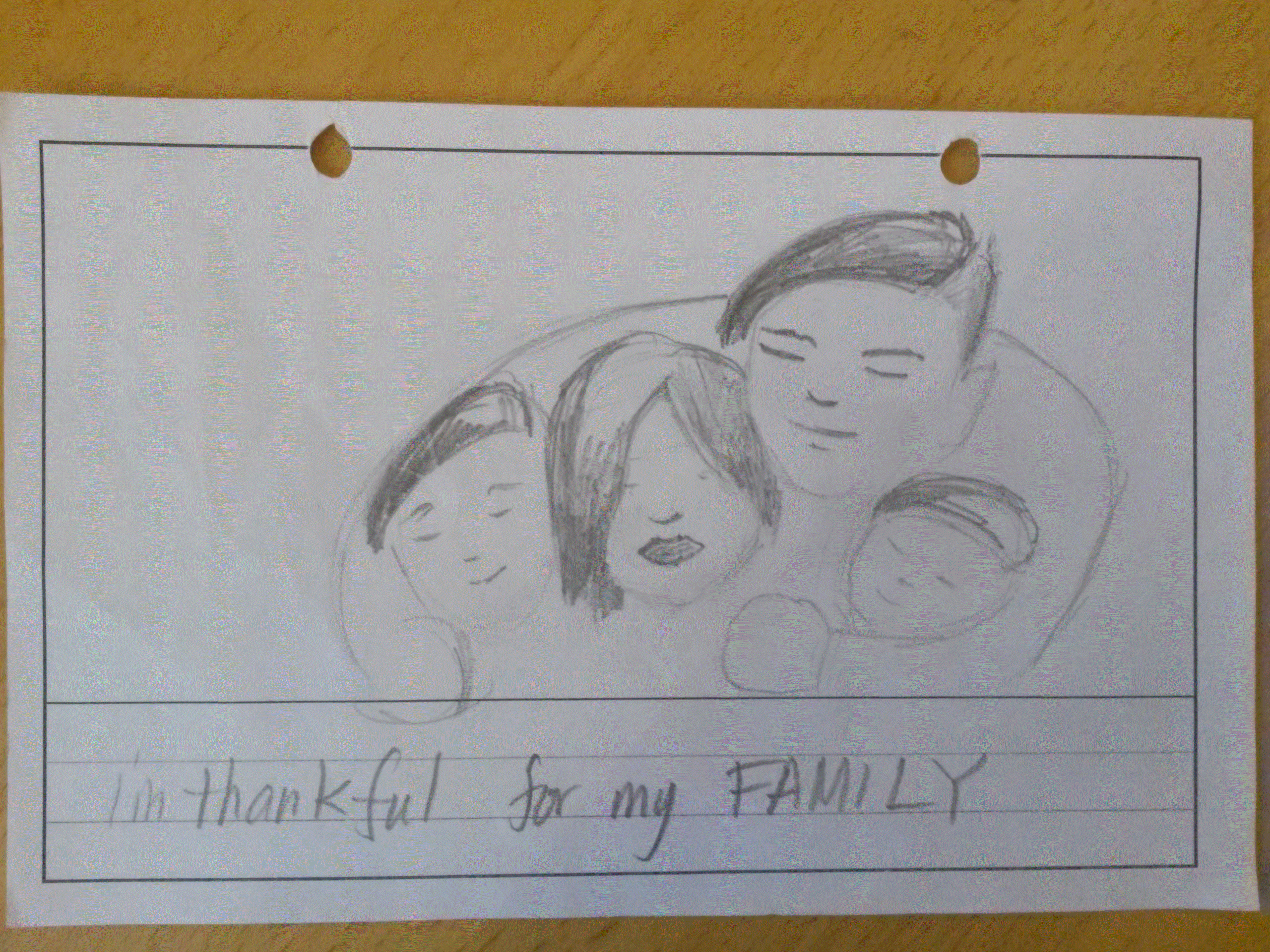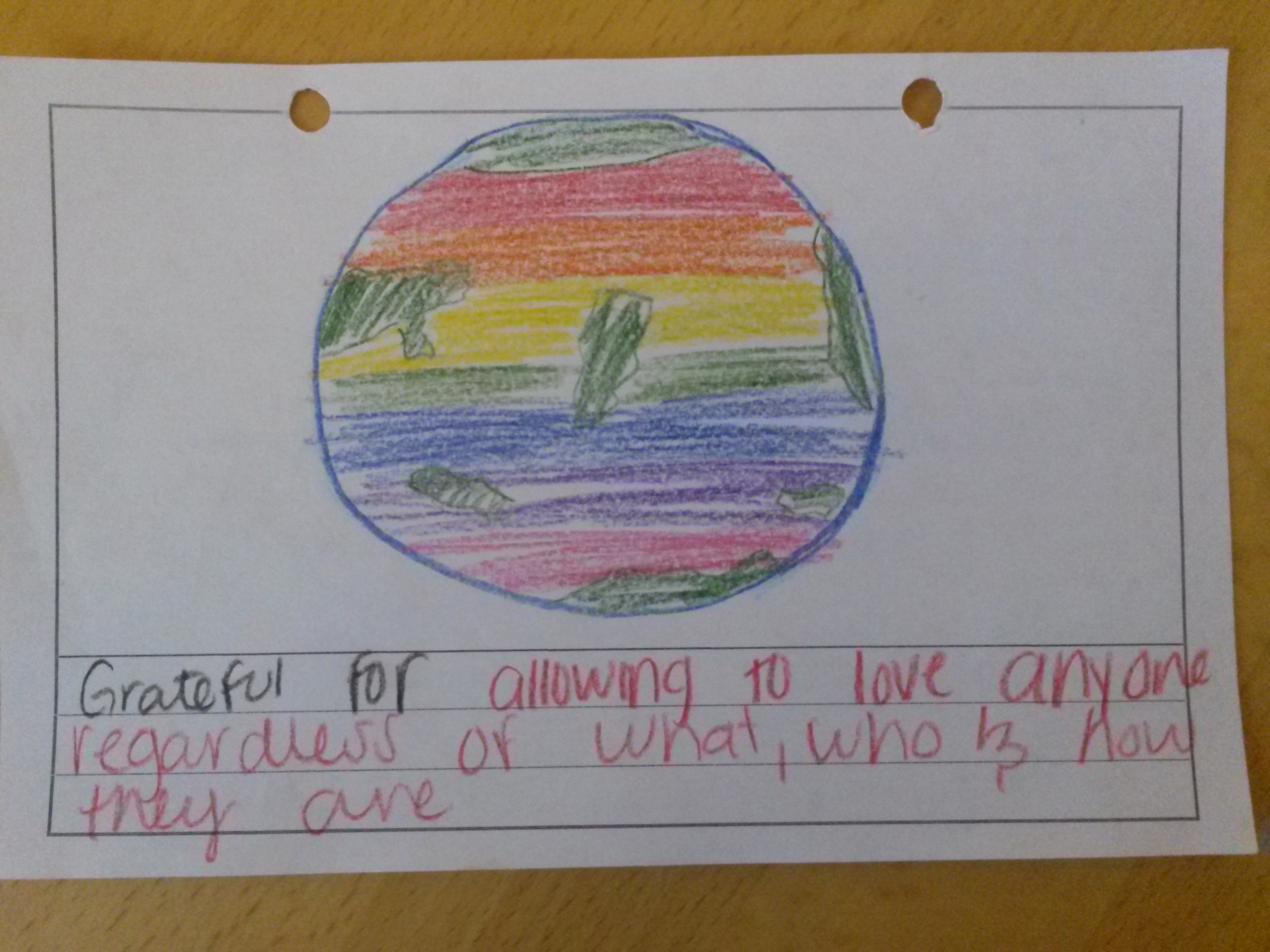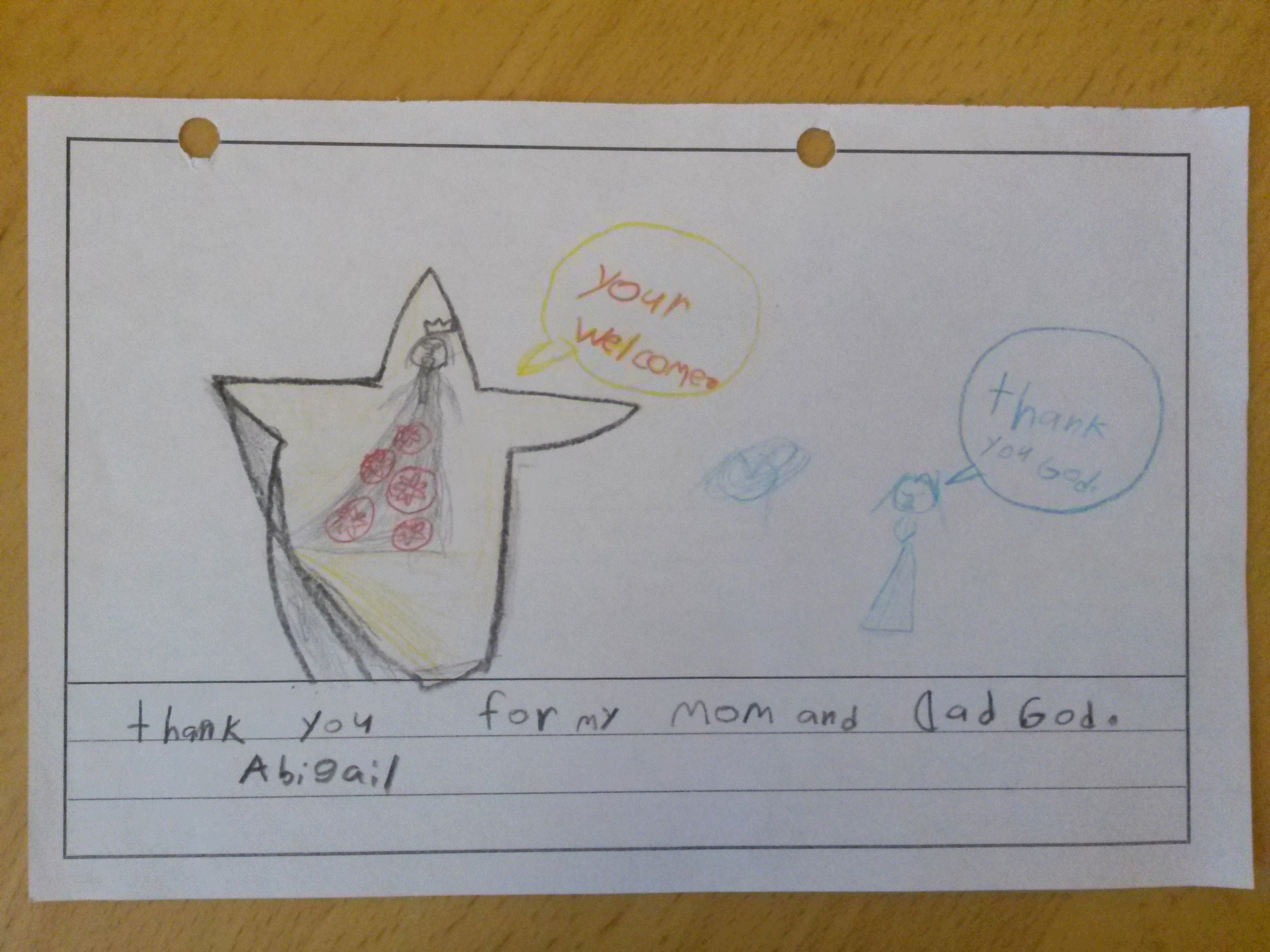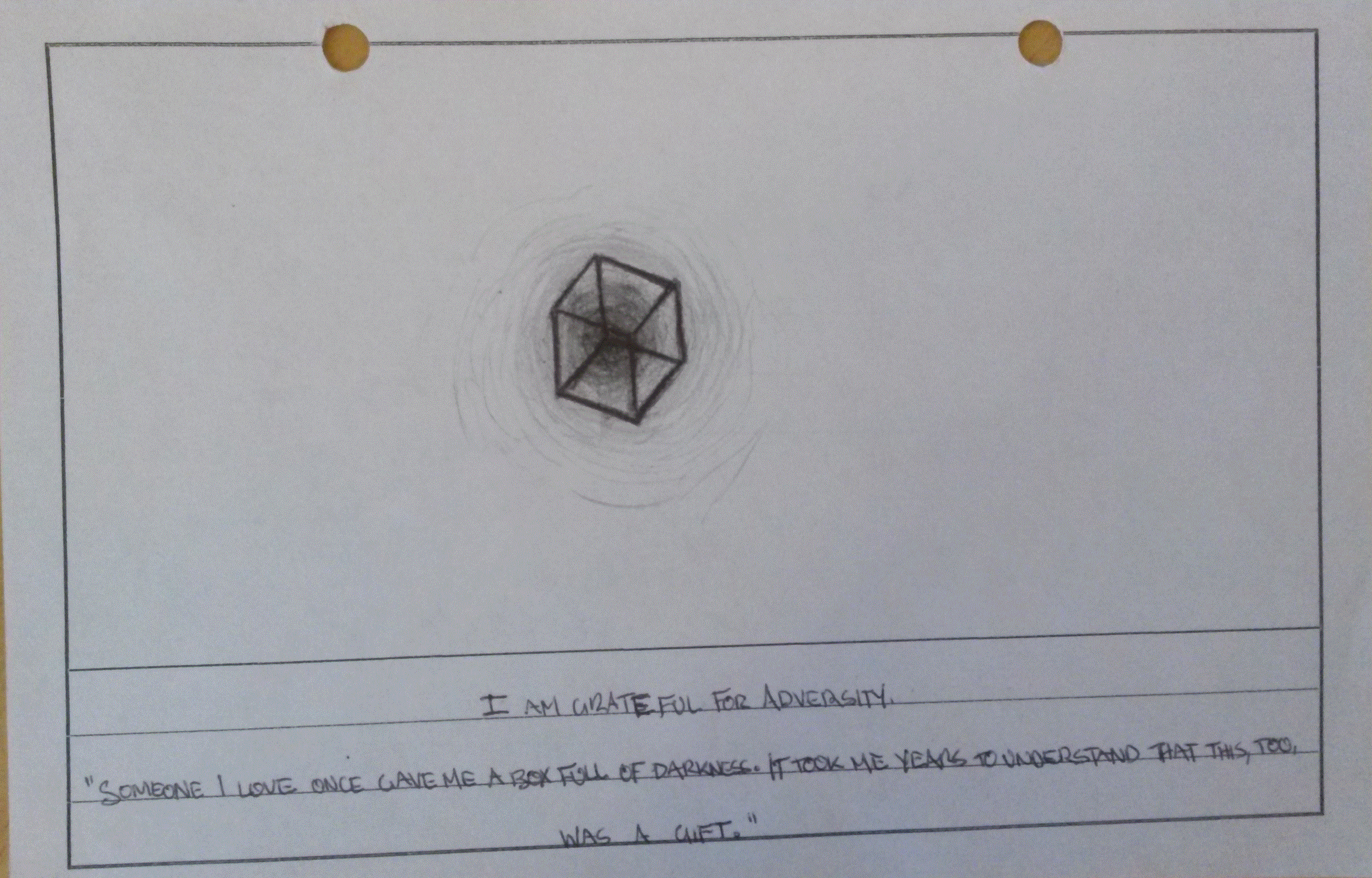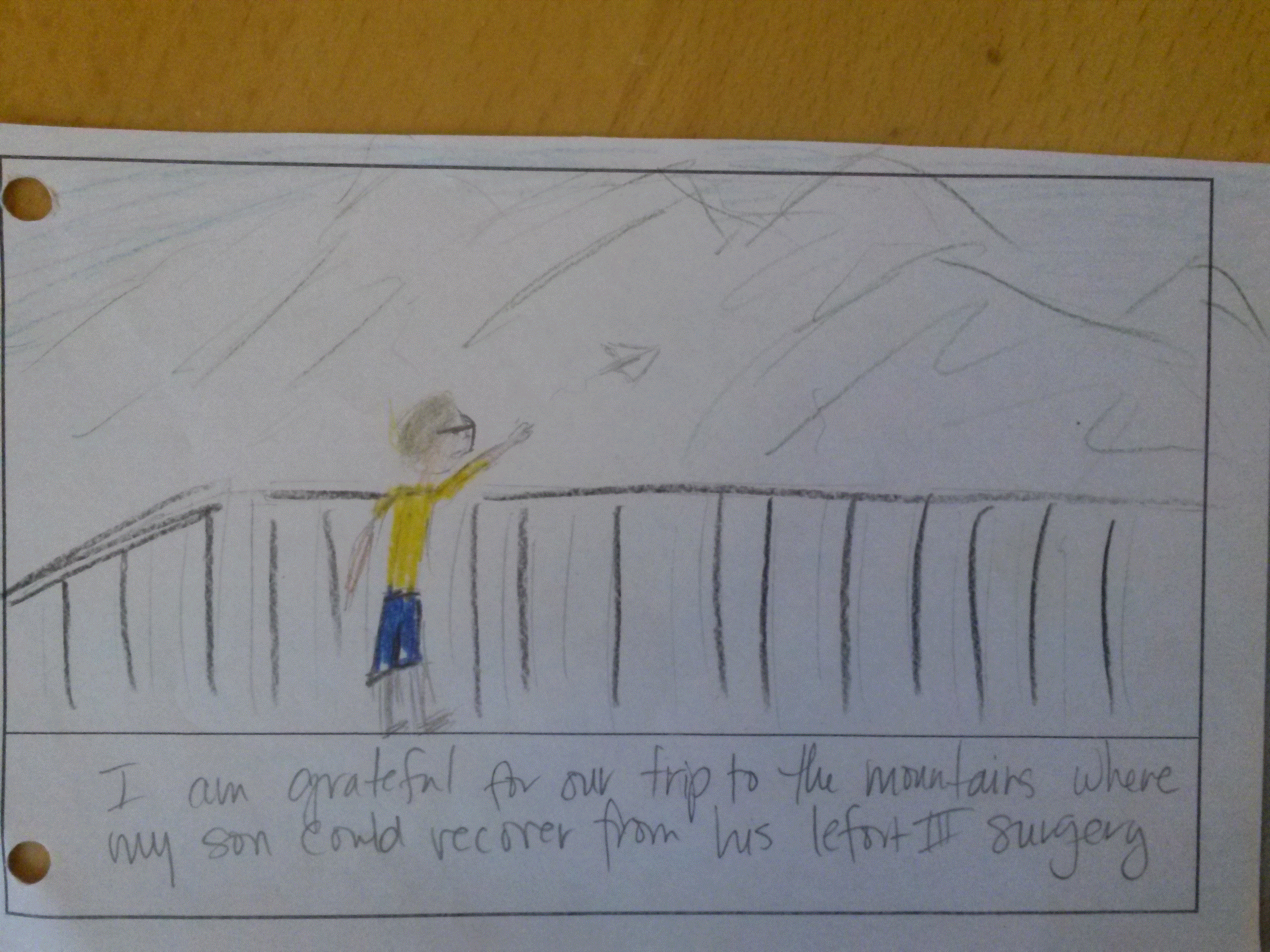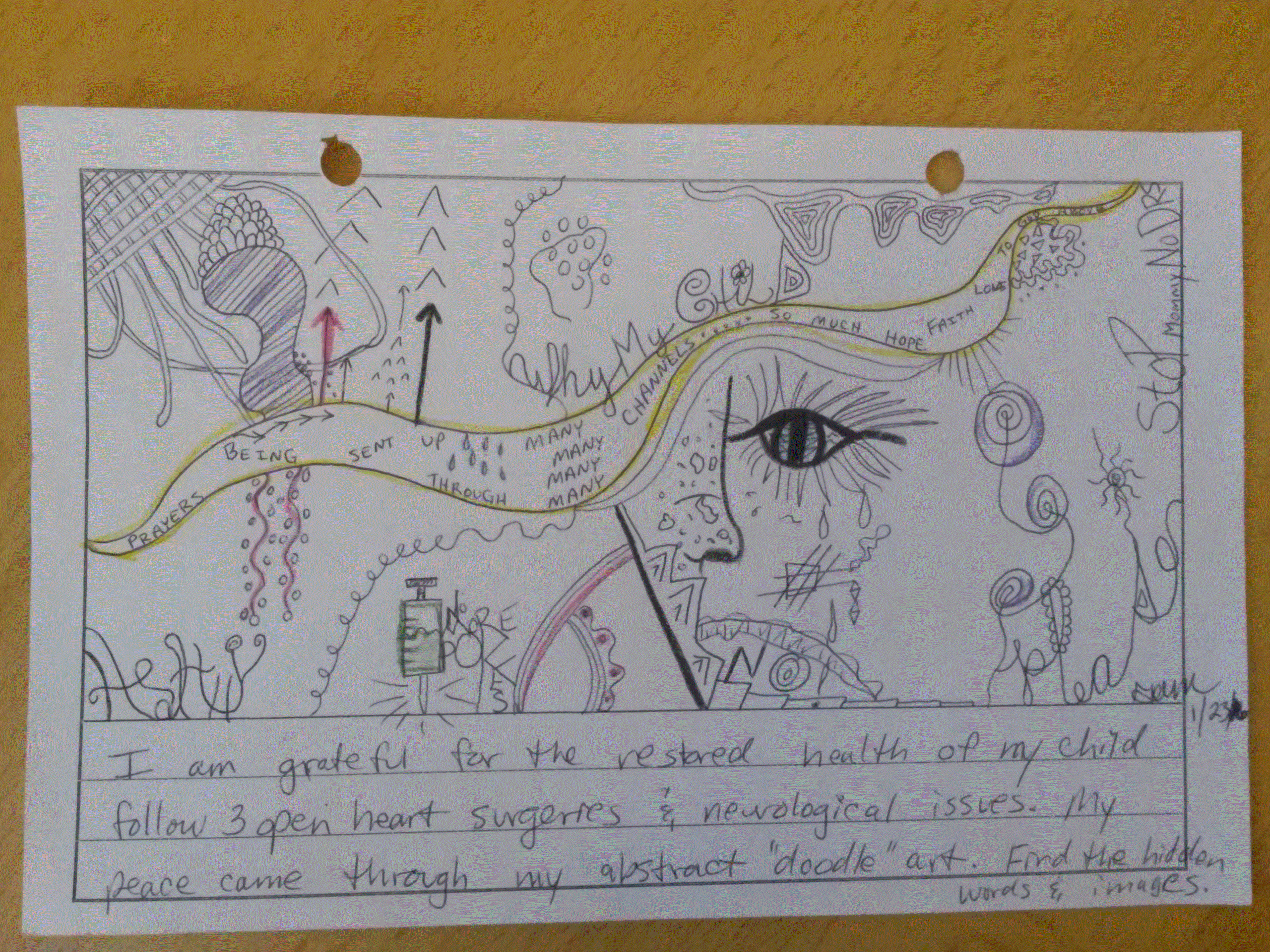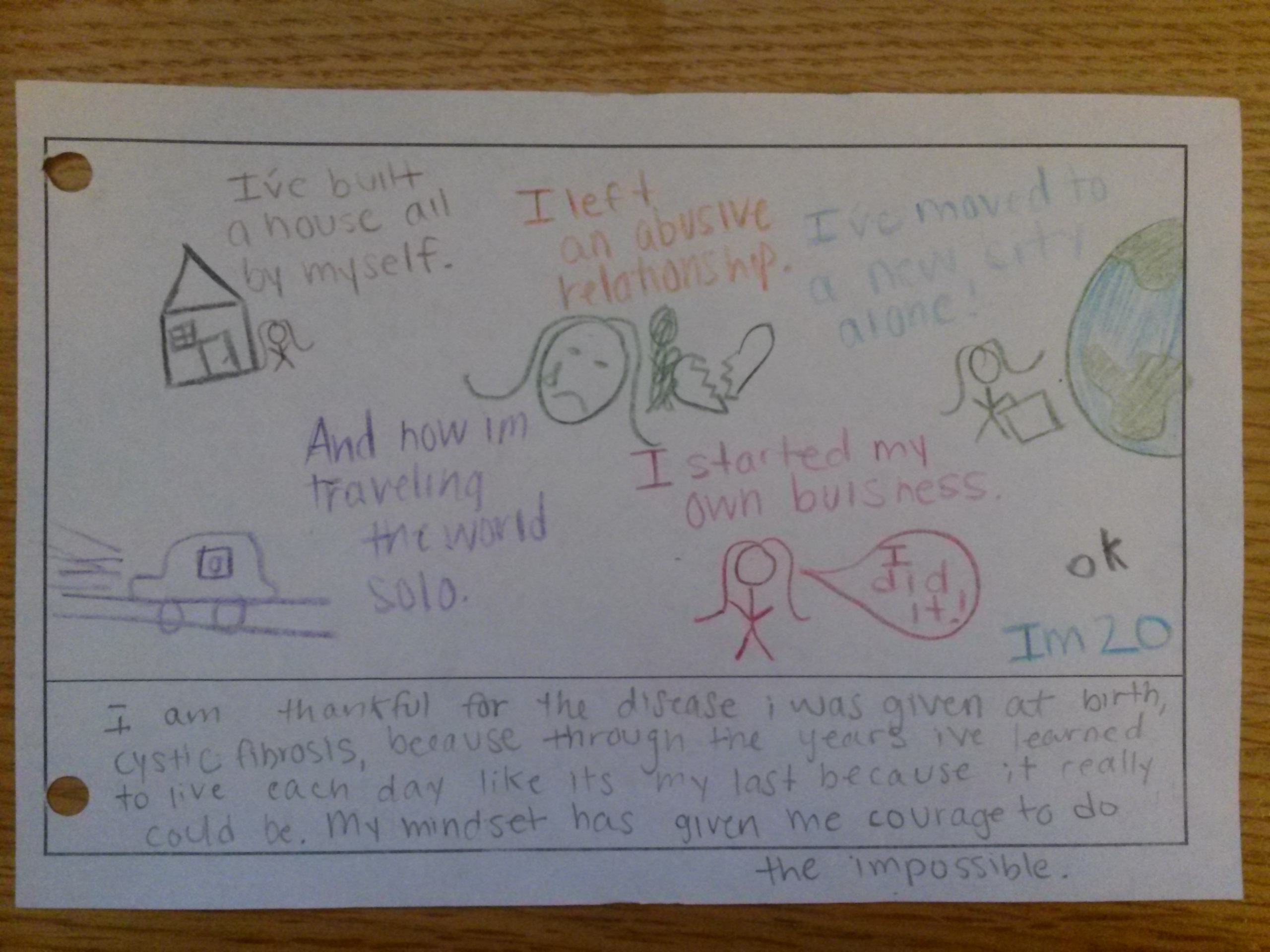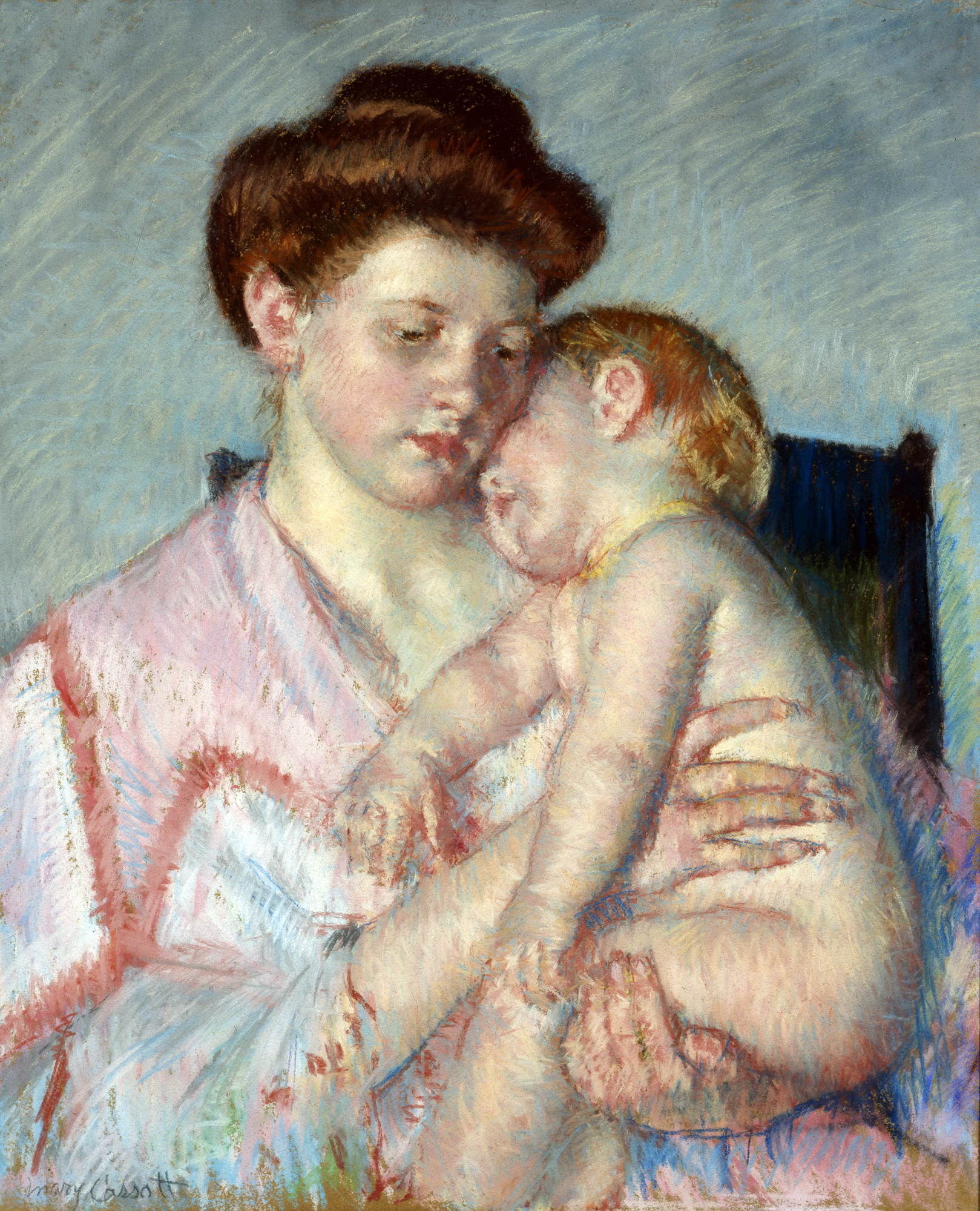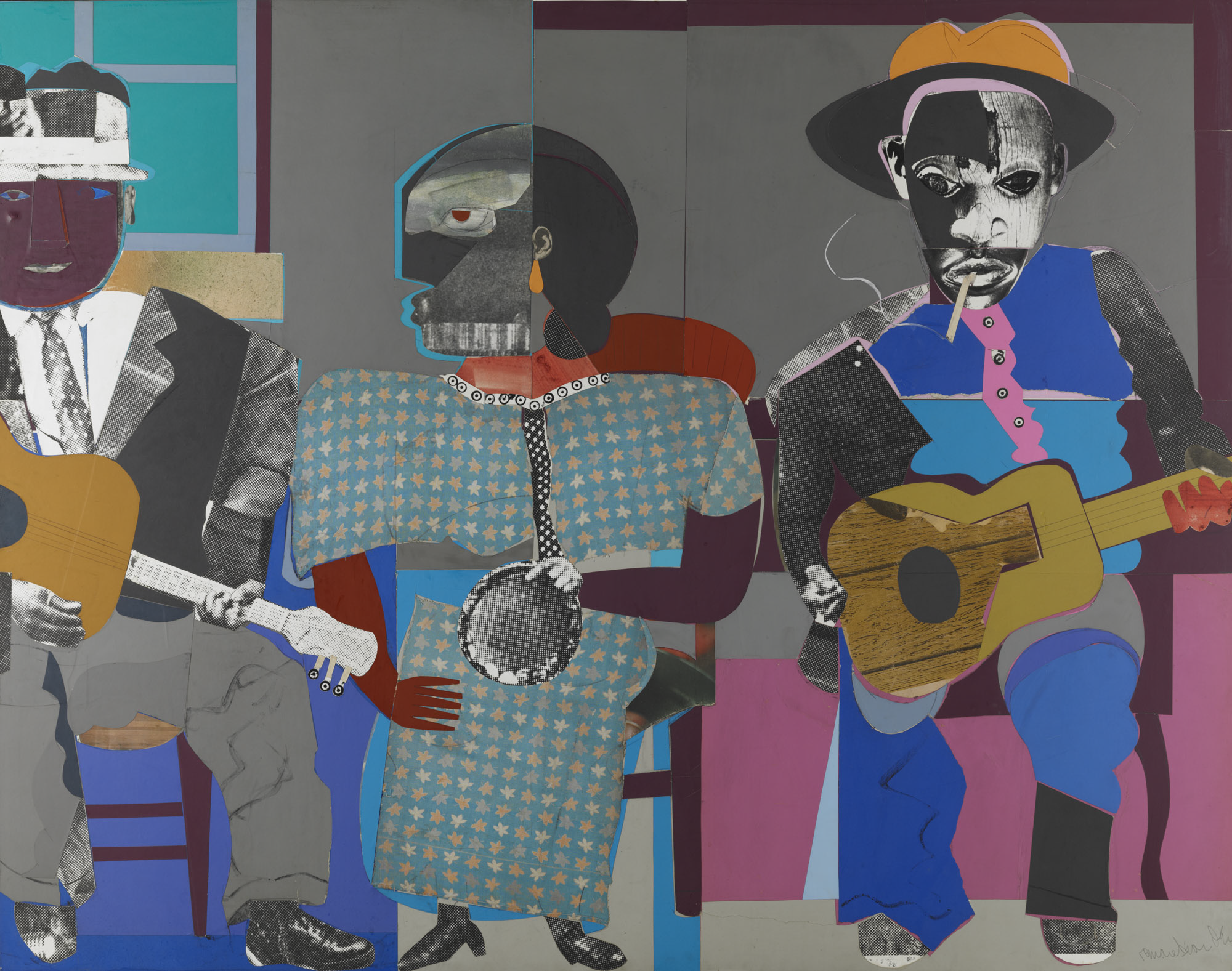It’s been almost a month since Divine Felines: Cats of Ancient Egypt opened here at the DMA and it’s been purrfectly amazing how much our visitors have enjoyed the exhibition. In addition to over eighty ancient objects, the exhibition also features an educational space which offers interactive learning opportunities.
At the sound wall, you can listen to stories of deities in Ancient Egyptian mythology, courtesy of our favorite storyteller Ann Marie Newman.
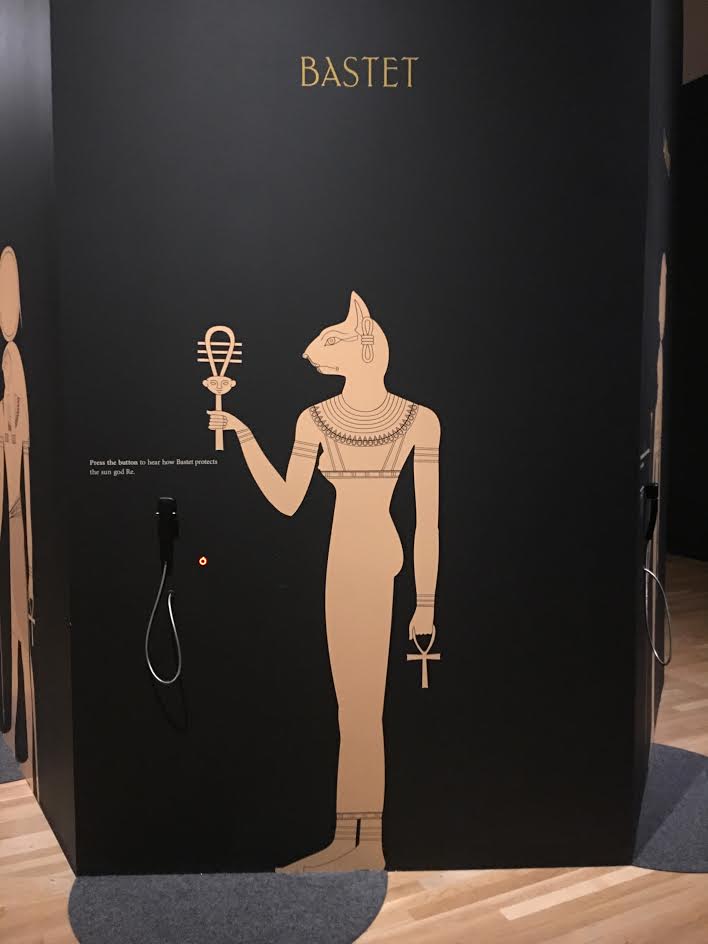
The goddess Bastet, whose head is cat-shaped.

Images (left to right): Cat’s Head, Egypt, Roman Period, 30 B.C.E.–3rd century C.E., bronze and gold, Brooklyn Museum, Charles Edwin Wilbour Fund, 36.114; Sphinx of King Sheshenq, Egypt, Third Intermediate Period, Dynasty 22–Dynasty 23, c. 945–718 B.C.E., bronze, Brooklyn Museum, Charles Edwin Wilbour Fund, 33.586; Standing Lion-Headed Goddess, Egypt, Late Period or later, 664–30 B.C.E., faience, Brooklyn Museum, Charles Edwin Wilbour Fund, 37.943E
You can also smell the perfumes, oils and incense that played an important role in Ancient Egyptian daily life and the afterlife. Experience the scents a Pharaoh might have encountered in an ancient temple, or those the embalmer might have smelled while preparing a mummy for the afterlife.

Reading Area and Scent Bar
You can also find a selection of objects in this area that are part of the Museum’s own collection, so be sure to hunt down the felines we have present all across the Museum!
- Kathie Lostetter, Figure of Jaguar Goddess, 2016, lent by Anne Bromberg
- Thomas Sully, Cinderella at the Kitchen Fire, 1843 Dallas Museum of Art, gift of the Pauline Allen Gill Foundation
- Pair of guardian lions, Nepal, 1815, Dallas Museum of Art, gift of David T. Owsley via the Alvin and Lucy Owsley Foundation
- Sword ornament in the form of a lion, Ghana Asante peoples, mid-20th century, Dallas Museum of Art, The Eugene and Margaret McDermott Art Fund, Inc.
A selection of these works can be found in our Cats Across the Collection self-guided tour and our Feline Friendly Family Guide. And don’t forget to check out all the upcoming exhibition programs here. We’re not kitten around when we say a visit to the Museum is the purrfect fall activity for all our cat-lovers out there!
Marta Torres
McDermott Graduate Intern for Visitor Engagement
